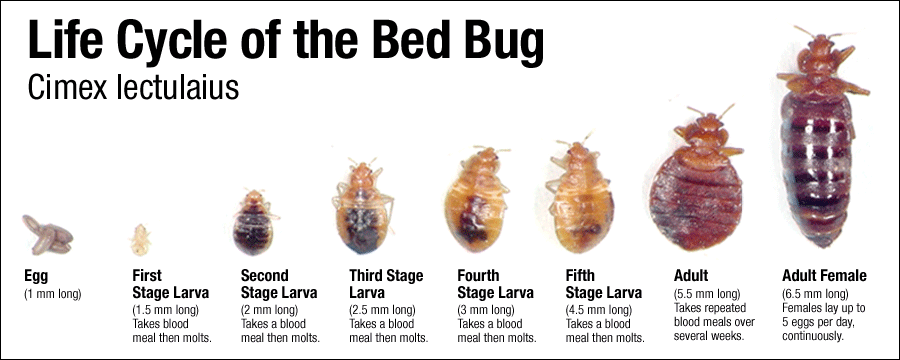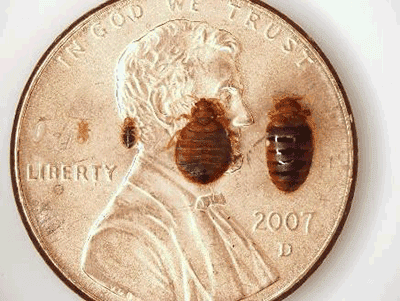Fast Pest Control Arlington VA for Homes and Businesses in Need of Help
Fast Pest Control Arlington VA for Homes and Businesses in Need of Help
Blog Article
Get Informed Concerning the Kinds Of Insect Control Techniques and Their Advantages for Home Owners
Comprehending the numerous bug control methods available to property owners is crucial for effective bug monitoring. From chemical and biological strategies to social and mechanical techniques, each method provides distinct advantages that can substantially influence both health and wellness and ecological safety and security. Property owners that are well-informed can make calculated selections that not only address insect concerns however additionally boost the overall top quality of their living setting. As we discover these methods additionally, it becomes clear that the decision-making procedure involves greater than just immediate outcomes; it discuss lasting sustainability and well-being. What elements should affect these vital decisions?
Chemical Pest Control Methods
Chemical pest control techniques are an important component of incorporated insect management approaches for homeowners seeking effective options to pest invasions. These methods include the application of chemical substances made to remove or discourage bugs that intimidate individual building, wellness, and convenience. Common chemicals made use of consist of pesticides, rodenticides, fungicides, and herbicides, each tailored to target certain pests.
The main advantage of chemical insect control is its fast performance; several formulas provide prompt outcomes, decreasing pest populaces considerably quickly. Additionally, breakthroughs in chemical formulations have led to items that are much more eco-friendly and have reduced toxicity levels for non-target microorganisms when used correctly.

Biological Pest Control Methods
All-natural insect control techniques have acquired prominence as property owners seek much safer and much more sustainable options to standard chemical approaches. Organic bug control techniques use all-natural killers, bloodsuckers, or virus to manage pest populaces successfully. This approach is not only eco-friendly but likewise lessens the risk of injury to non-target species, including valuable bugs and wildlife.
Among the most common biological control techniques includes introducing natural predators right into the environment. For example, ladybugs can be made use of to manage aphid populaces, while nematodes target soil-dwelling insects like grubs. Additionally, parasitoids-- organisms that survive or within a host-- can be employed to regulate specific bug types by laying eggs inside them, inevitably resulting in their death.
One more technique is making use of biopesticides, which are acquired from all-natural products such as bacteria, minerals, or plants (bed bug exterminator). These products can properly target pests while posing minimal risk to humans and pets. On the whole, biological pest control techniques supply homeowners with a reliable methods of insect monitoring that straightens with environmental concepts, advertising a healthier living atmosphere while decreasing dependence on artificial chemicals
Mechanical Insect Control Techniques
Mechanical insect control methods include a range of techniques that literally avoid or remove pests without making use of chemicals. These methods are specifically helpful for house owners seeking eco-friendly options while making sure the safety of their home.
One typical method is using barriers, such as nets, displays, and catches, which avoid bugs from entering homes or certain locations. Mounting home window displays can successfully keep insects out, while utilizing physical barriers around yards can deter bigger parasites like deer or rabbits. Furthermore, mechanical traps developed for rats can capture and eliminate these insects without the requirement for poisonous compounds.
An additional reliable method includes using vacuums and mops to get rid of insects straight from surfaces. Regular cleansing and maintenance can considerably lower bug populaces by eliminating food sources and hiding spots. Moreover, using tools like ultrasonic insect repellents can hinder various insects through acoustic wave that are undesirable to them but faint to humans.
Social Insect Control Practices
Cultural bug control techniques concentrate on customizing the setting and administration strategies to create conditions that are less favorable to pest infestations. These methods are fundamental in maintaining a well balanced environment and lowering the dependence on chemical interventions. By altering farming techniques, homeowners can efficiently hinder pests while promoting plant health.
One common he said approach consists of crop rotation, which interferes with the life cycles of parasites by altering the sorts of plants expanded in a particular area (bed bug pest control mice exterminator). This not just minimizes pest populations yet additionally boosts soil health. Additionally, intercropping-- growing varied plants in proximity-- can confuse parasites and decrease their capacity to locate their preferred host plants
Water monitoring is one more important element of cultural techniques. Correct irrigation methods can prevent standing water, which functions as a breeding place for insects and various other insects. Keeping cleanliness in and around the home, such as regularly eliminating particles and food waste, can substantially decrease parasite attraction.
Integrating these cultural practices right into a comprehensive bug management method allows property owners to develop an environment that normally deters bugs, thus boosting the performance of various other control methods while advertising lasting horticulture and landscape design.

Integrated Pest Administration Approaches
Integrated Parasite Monitoring (IPM) represents an alternative strategy that combines various strategies to effectively handle bug populations while reducing environmental effect. This technique incorporates biological, social, physical, and chemical methods to achieve sustainable pest control. By examining pest populations and their all-natural enemies, IPM emphasizes surveillance and determining bugs before applying control actions.
One of the core principles of IPM is using limits, which develop the degree of bug activity that calls for intervention. This ensures that therapies are applied only when needed, lowering the reliance on chemical pesticides. Biological control methods, such as presenting natural predators or bloodsuckers, work in combination with social methods like crop turning and habitat manipulation to interrupt pest life process.
In addition, IPM urges making use of least-toxic chemical alternatives when intervention is necessary, focusing on products that present marginal risk to non-target microorganisms and the environment. For homeowners, adopting IPM comes close to not just boosts the efficiency of bug monitoring but look what i found likewise advertises a much healthier living atmosphere, promoting biodiversity and minimizing chemical direct exposure. Inevitably, IPM empowers property owners to make educated decisions that stabilize bug control with eco-friendly obligation.
Conclusion
In verdict, understanding the different parasite control techniques encourages property owners to make educated choices regarding pest monitoring. Each strategy-- chemical, biological, mechanical, social, and incorporated parasite administration-- provides unique advantages that provide to various demands and preferences.
Recognizing the various pest control techniques available to home owners is crucial for effective bug administration.Chemical bug control methods are an essential element of integrated bug monitoring approaches for house owners looking for reliable remedies to pest invasions. Generally, organic insect control techniques give homeowners with an effective means of bug management that aligns with environmental concepts, advertising a healthier living environment while minimizing reliance on synthetic chemicals.
Social pest control practices concentrate on changing the environment and management methods to develop conditions that are much less helpful to pest infestations.In conclusion, understanding the numerous insect control approaches encourages home owners to make educated choices regarding pest administration.
Report this page